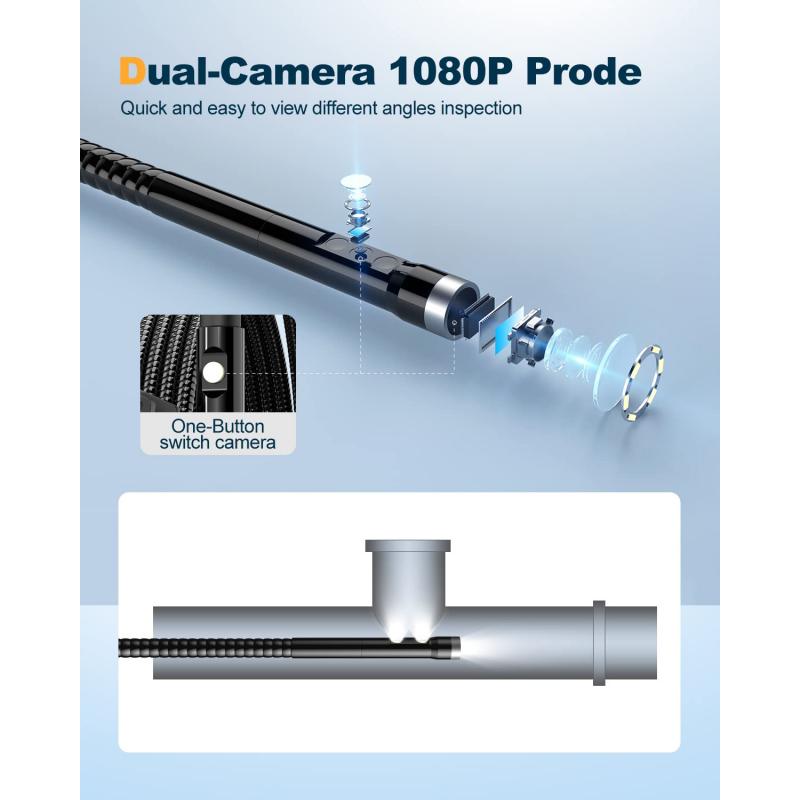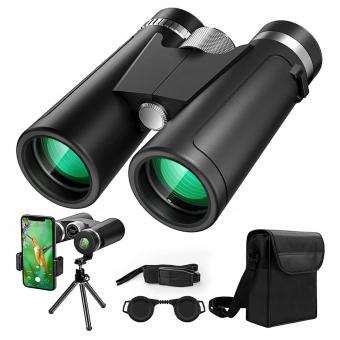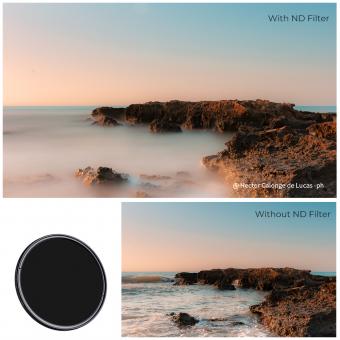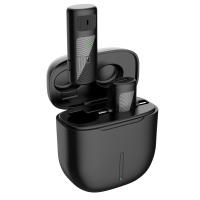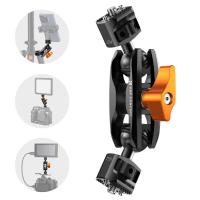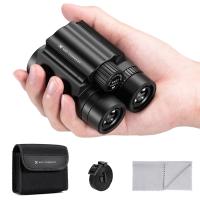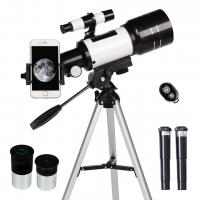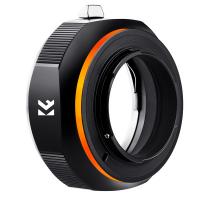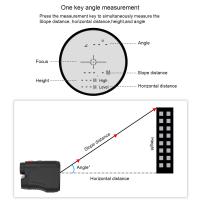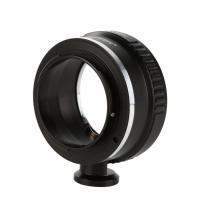What Is Endoscopic Examination ?
Endoscopic examination is a medical procedure that involves the use of an endoscope, a flexible tube with a light and camera attached to it. This procedure allows doctors to visualize and examine the internal organs and structures of the body. It is commonly used to diagnose and treat various medical conditions, such as gastrointestinal disorders, respiratory problems, and urological issues. During an endoscopic examination, the endoscope is inserted into the body through a natural opening or a small incision, providing real-time images of the internal organs on a monitor. This allows doctors to identify abnormalities, take biopsies, remove polyps or foreign objects, and perform certain surgical procedures, all without the need for major surgery. Endoscopic examinations are generally considered safe and minimally invasive, with a shorter recovery time compared to traditional surgical procedures.
1、 Definition and Purpose of Endoscopic Examination
Endoscopic examination refers to a medical procedure that involves the use of an endoscope, a flexible tube with a light and camera attached to it, to visualize and examine the internal organs and structures of the body. The endoscope is inserted through a natural body opening or a small incision, allowing doctors to view the area of interest on a monitor in real-time.
The purpose of endoscopic examination is to diagnose, evaluate, and treat various medical conditions. It provides a minimally invasive alternative to traditional surgical procedures, as it eliminates the need for large incisions and reduces the risk of complications. Endoscopic examinations can be performed on different parts of the body, including the gastrointestinal tract, respiratory system, urinary tract, and reproductive system.
During an endoscopic examination, doctors can obtain tissue samples for biopsy, remove polyps or tumors, and perform therapeutic interventions such as stent placement or cauterization. The procedure also allows for the detection and treatment of abnormalities such as ulcers, inflammation, bleeding, and blockages.
In recent years, advancements in endoscopic technology have led to the development of more sophisticated and specialized endoscopes. For example, capsule endoscopy involves swallowing a small pill-sized camera that captures images as it passes through the digestive system, providing a comprehensive view of the small intestine. Additionally, virtual endoscopy uses computerized tomography (CT) or magnetic resonance imaging (MRI) to create three-dimensional images of the internal organs, allowing for non-invasive examination.
Overall, endoscopic examination plays a crucial role in the diagnosis and management of various medical conditions. It offers a less invasive and more precise approach to visualize and treat internal abnormalities, leading to improved patient outcomes and reduced recovery time.

2、 Types of Endoscopic Examinations
Endoscopic examination refers to a medical procedure that involves the use of an endoscope, a flexible tube with a light and camera attached to it, to visualize and examine the internal organs and structures of the body. This minimally invasive technique allows doctors to diagnose and treat various medical conditions without the need for open surgery.
There are several types of endoscopic examinations, each designed to examine specific areas of the body. Some common types include:
1. Upper gastrointestinal endoscopy: This procedure involves the insertion of an endoscope through the mouth to examine the esophagus, stomach, and upper part of the small intestine. It is commonly used to diagnose conditions such as gastroesophageal reflux disease (GERD), ulcers, and tumors.
2. Colonoscopy: In this procedure, the endoscope is inserted through the rectum to examine the large intestine (colon). It is primarily used for screening and diagnosing colorectal cancer, as well as detecting and removing polyps.
3. Bronchoscopy: This examination involves the insertion of an endoscope through the nose or mouth to visualize the airways and lungs. It is used to diagnose and treat conditions such as lung cancer, infections, and airway blockages.
4. Cystoscopy: This procedure involves the insertion of an endoscope through the urethra to examine the bladder and urethra. It is commonly used to diagnose and treat conditions such as urinary tract infections, bladder stones, and tumors.
5. Laparoscopy: Unlike the other types mentioned above, laparoscopy involves making small incisions in the abdomen to insert the endoscope. It is used for examining the abdominal organs, such as the liver, gallbladder, and appendix, and for performing minimally invasive surgeries.
The latest point of view in endoscopic examinations involves advancements in technology, such as high-definition imaging and robotic-assisted systems. These advancements have improved the visualization and precision of endoscopic procedures, allowing for more accurate diagnoses and targeted treatments. Additionally, there is ongoing research in developing new endoscopic techniques, such as capsule endoscopy, which involves swallowing a small camera pill to examine the digestive tract. These advancements aim to further enhance the effectiveness and safety of endoscopic examinations.
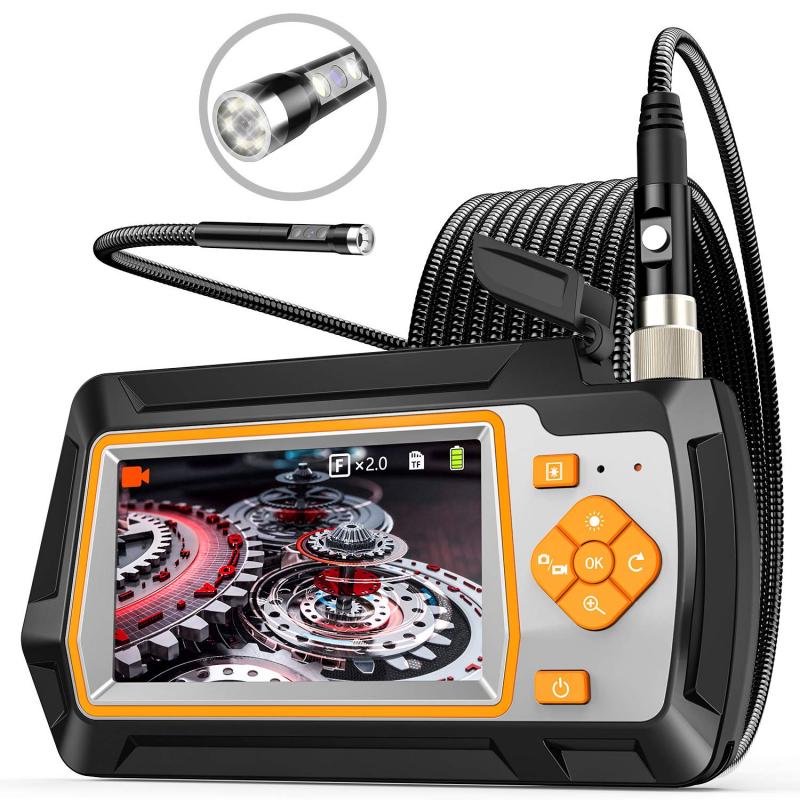
3、 Procedure and Equipment Used in Endoscopic Examination
Endoscopic examination is a medical procedure that involves the use of an endoscope, which is a flexible tube with a light and camera attached to it. This procedure allows doctors to visualize and examine the internal organs and structures of the body without the need for invasive surgery.
During an endoscopic examination, the endoscope is inserted into the body through a natural opening, such as the mouth, anus, or small incisions. The camera on the endoscope transmits real-time images to a monitor, allowing the doctor to see and assess the condition of the organs being examined.
Endoscopic examinations are commonly used to diagnose and treat various medical conditions. They can be used to examine the gastrointestinal tract, including the esophagus, stomach, and intestines, to detect abnormalities such as ulcers, tumors, or inflammation. Endoscopy can also be used to examine the respiratory system, urinary tract, and reproductive organs.
The equipment used in endoscopic examinations has evolved over time to improve the accuracy and safety of the procedure. Modern endoscopes are equipped with high-definition cameras, which provide clearer and more detailed images. They also have additional features such as the ability to take biopsies or perform therapeutic interventions, such as removing polyps or stopping bleeding.
In recent years, there have been advancements in endoscopic technology, such as the development of capsule endoscopy. This involves swallowing a small capsule that contains a camera, which then takes images as it passes through the digestive system. This non-invasive procedure is particularly useful for examining the small intestine, which is difficult to reach with traditional endoscopy.
Overall, endoscopic examination is a valuable tool in modern medicine, allowing doctors to diagnose and treat a wide range of conditions with minimal invasiveness. The continuous advancements in endoscopic equipment and techniques further enhance its effectiveness and safety.

4、 Indications and Contraindications for Endoscopic Examination
Endoscopic examination is a medical procedure that involves the use of an endoscope, a flexible tube with a light and camera attached to it, to visualize and examine the internal organs and structures of the body. This procedure allows doctors to diagnose and treat various medical conditions without the need for invasive surgery.
Indications for endoscopic examination include:
1. Gastrointestinal disorders: Endoscopy is commonly used to diagnose and treat conditions such as gastroesophageal reflux disease (GERD), peptic ulcers, gastrointestinal bleeding, and inflammatory bowel disease.
2. Respiratory conditions: Endoscopy can be used to evaluate and treat conditions affecting the respiratory system, such as chronic cough, lung infections, and lung cancer.
3. Urinary tract disorders: Endoscopic examination of the urinary tract, known as cystoscopy, is used to diagnose and treat conditions such as urinary tract infections, kidney stones, and bladder cancer.
4. Gynecological conditions: Endoscopy is used in gynecology to diagnose and treat conditions such as abnormal uterine bleeding, infertility, and ovarian cysts.
Contraindications for endoscopic examination include:
1. Severe bleeding disorders: Endoscopy may not be recommended for individuals with severe bleeding disorders, as the procedure can increase the risk of bleeding.
2. Severe heart or lung disease: Individuals with severe heart or lung disease may not be suitable candidates for endoscopy, as the procedure can put additional stress on the cardiovascular and respiratory systems.
3. Pregnancy: Although endoscopy is generally considered safe during pregnancy, certain procedures may carry a small risk to the fetus. Therefore, the benefits and risks should be carefully evaluated before performing endoscopy on pregnant women.
It is important to note that the indications and contraindications for endoscopic examination may vary depending on the specific medical condition and the latest advancements in medical technology. Therefore, it is always recommended to consult with a healthcare professional to determine the appropriateness of endoscopy for an individual case.
